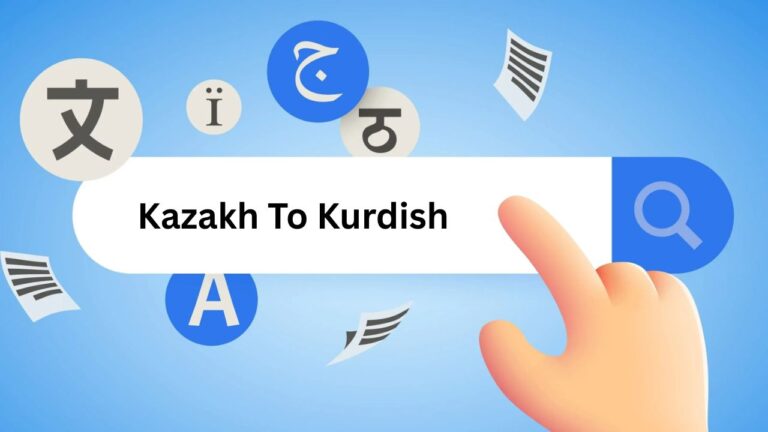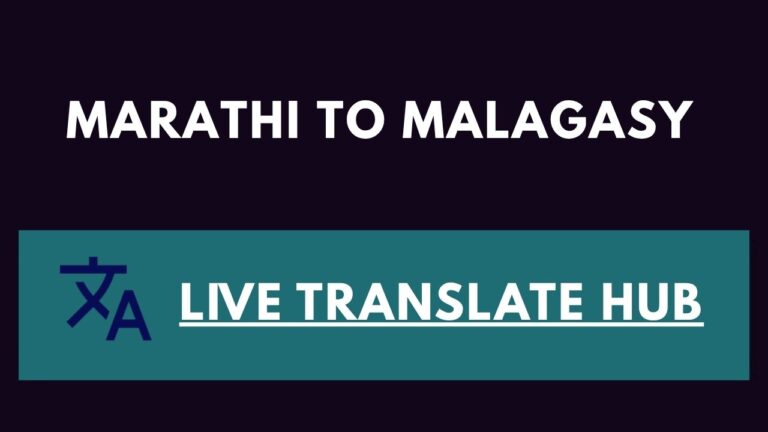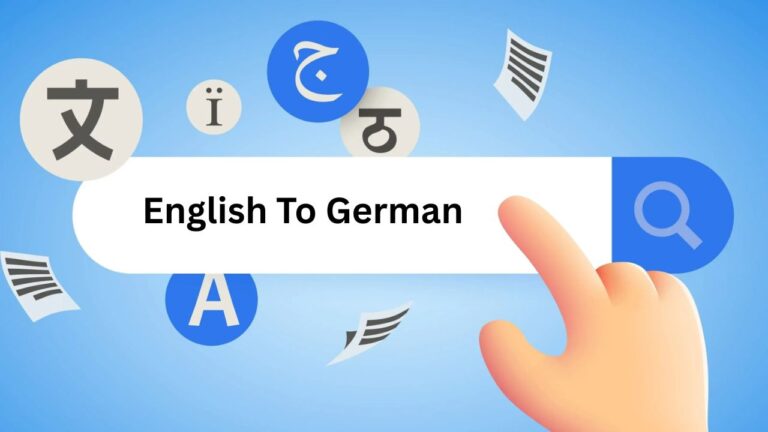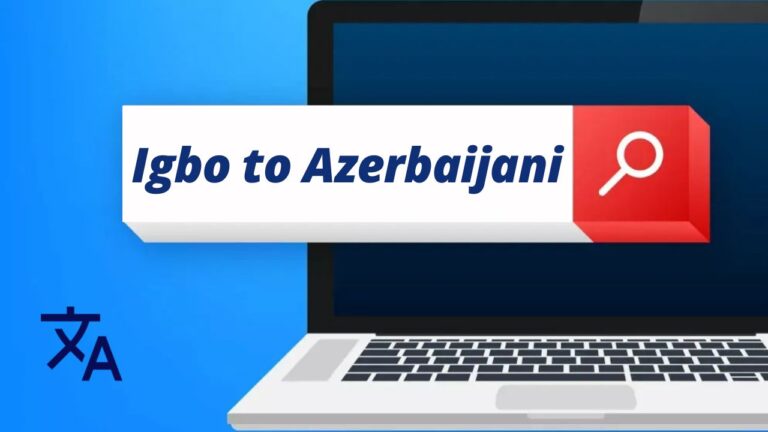Danish to Urdu translation
In our increasingly interconnected world, Danish to Urdu translation has become a valuable linguistic bridge. Whether for business, education, literature, travel, or cultural exchange, translating between these two languages opens up opportunities for understanding and collaboration between Danish-speaking and Urdu-speaking communities.
Understanding the Languages
- Danish: A North Germanic language spoken mainly in Denmark and parts of Greenland and the Faroe Islands. It uses the Latin script and has a relatively small number of native speakers (around 5.8 million).
- Urdu: An Indo-Aryan language widely spoken in Pakistan and India, written in the Perso-Arabic script, and known for its rich literary tradition. Urdu is spoken by over 100 million people worldwide.
Despite their differences in origins and scripts, translation between Danish and Urdu plays a crucial role in cross-cultural communication.
Why Danish to Urdu Translation is Important
- Business Communication: Companies expanding from Denmark to Pakistan (or vice versa) need accurate translations for contracts, marketing, and product manuals.
- Education: Academic research papers, course materials, and study guides may require translation to make content accessible for Urdu-speaking students.
- Travel & Tourism: Tourists from Pakistan visiting Denmark benefit from guides, menus, and instructions translated into Urdu.
- Cultural Exchange: Danish literature and films translated into Urdu introduce Pakistani audiences to Danish culture, while Urdu poetry and novels translated into Danish enrich Danish cultural understanding.
Challenges in Danish to Urdu Translation
- Script Differences: Danish uses the Latin alphabet, while Urdu uses a right-to-left Perso-Arabic script, requiring careful adaptation.
- Grammar Structure: Danish follows a Subject-Verb-Object order, while Urdu often uses Subject-Object-Verb.
- Idiomatic Expressions: Danish idioms may have no direct Urdu equivalent, demanding creative adaptation for meaning.
- Tone & Formality: Urdu often uses varying levels of politeness and honorifics, which must be considered when translating from a more neutral-toned Danish text.
Best Practices for Accurate Translation
- Use Professional Translators: Native fluency in both languages ensures accuracy and cultural sensitivity.
- Leverage Technology: Tools like Google Translate, DeepL, and AI-based translators can provide quick drafts, but human review is essential.
- Understand Cultural Nuances: Literal translation can distort meaning; cultural context should guide the translator.
- Proofread & Edit: Reviewing the final translation for grammar, flow, and clarity is essential before publication.
Examples of Danish to Urdu Translation
- Danish: Hvordan har du det? → Urdu: آپ کیسے ہیں؟
- Danish: Tak for hjælpen → Urdu: مدد کا شکریہ
- Danish: Godmorgen → Urdu: صبح بخیر
Future of Danish–Urdu Translation
With advancements in AI and neural machine translation, real-time Danish to Urdu translation is becoming faster and more accurate. However, for legal, literary, and sensitive communications, human expertise will always remain essential.
✅ Final Word:
Danish to Urdu translation is more than just converting words — it’s about preserving meaning, tone, and cultural essence. Whether you’re translating for personal, academic, or business purposes, accuracy and cultural sensitivity are key.
Related Queries People Search About Danish to Urdu
- Danish to Urdu translation online
- Best Danish to Urdu translator
- Free Danish to Urdu translation tool
- Danish to Urdu dictionary
- Accurate Danish to Urdu translation app
- Danish to Urdu sentence translation
- How to translate Danish to Urdu easily
- Danish to Urdu meaning with examples
- Learn Danish to Urdu translation







